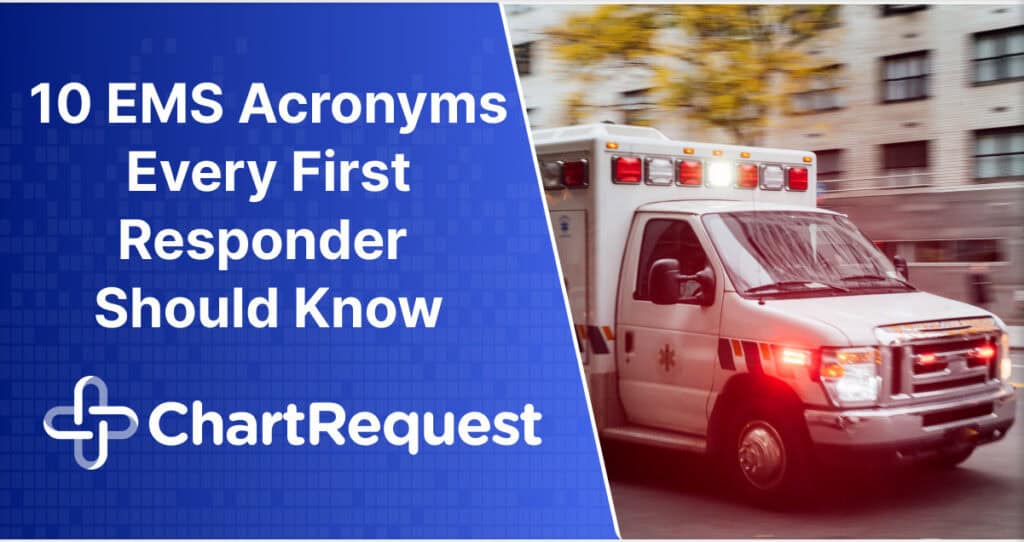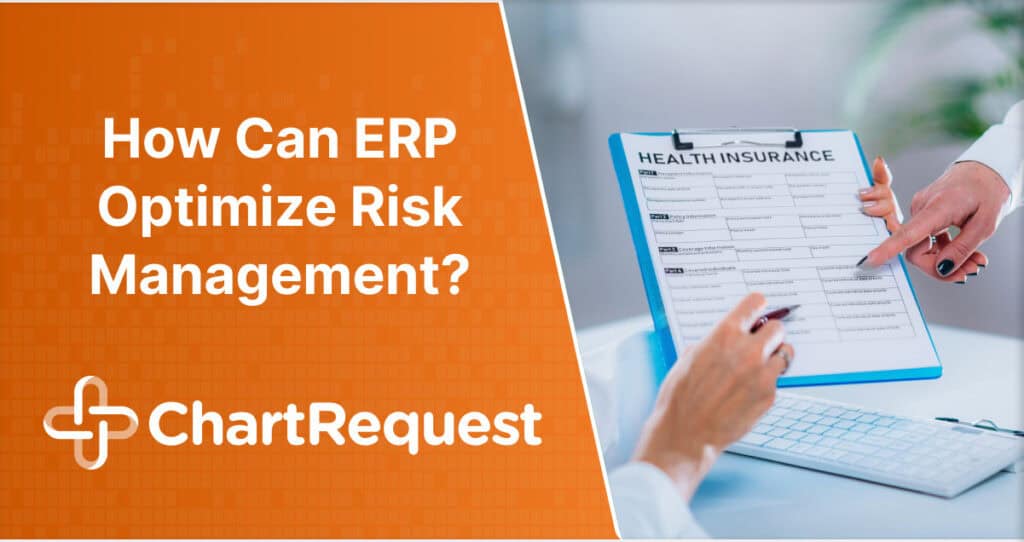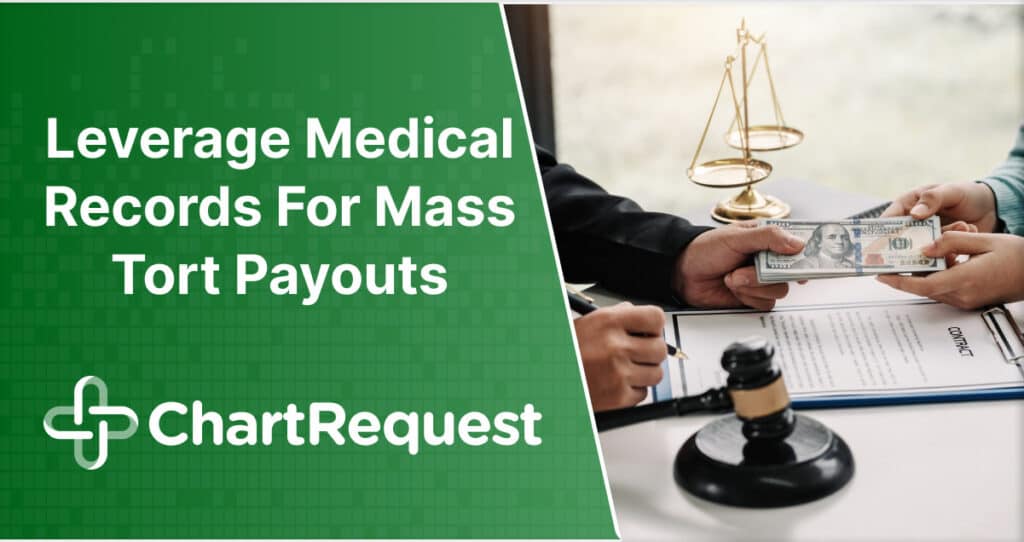The demand for medical records isn’t decreasing anytime soon. According to a recent study by Pew Research Center, hospital and clinic executives see an increasing demand for accurate and secure medical records exchange.
How is your healthcare organization handling the release of this critical information?
The fact is, many healthcare organizations will resort to mailing highly sensitive documents. While placing records in the mail may be common, it’s far from ideal. In fact, this practice potentially creates medical data security breaches and opens the door for HIPAA violations.
Medical Data Security Risk #1: Records May Be Delivered to the Wrong Address
Just because your organization has a patient’s address doesn’t mean the delivery of medical records will be safe and secure. The reality is, it’s easy to send medical records to the wrong destination.
To begin with, there’s the potential for human error within your organization. For instance, a healthcare worker may use an incorrect address—although the patient provided the correct information.
Even if you use the correct address, postal workers make mistakes. Consider this insight from a retired USPS worker on Quora…
Mis-deliveries (aka LMF or Last Mile Failures) due to employee error hovers around 1%, which is pretty bad. Imagine if 1% of planes crashed, we’d have 100’s of air disasters every day. A mail carrier with 500 customers would make around 5 errors every day, which is just unacceptable.
The lost record may never reach its destination—and an unauthorized person may end up opening the package.
Whatever the situation, medical documents can end up in the wrong hands—violating patient privacy and disclosing sensitive medical information.
Medical Data Security Risk #2: Theft of Records
Theft of mailed documents is a threat to medical data security that you shouldn’t underestimate. The reason?
Every year, the USPS Office of Inspector General publishes a semiannual report to Congress. According to the report, from October 2017 through March 2018, there were 195 arrests related to internal mail theft. That’s in a span of 6 months alone.
Medical records are particularly at risk as they can contain…
- Social Security information.
- Infectious disease information.
- Occupation data.
- And more.
It’s the kind of information that can feed identity fraud…or even blackmail.
Bottom line: Don’t ignore the threat of theft if you send medical records through traditional mail.
What about Online Data Security Breaches?
Mailing medical records entails several risks. But, given current worries over internet security, you may have some concerns about using the release of information software.
While it’s important to protect your healthcare organization against cybersecurity attacks, here are two key facts you need to consider:
#1. Stealing data through the mail doesn’t require technical sophistication.
Let’s face it. Stealing mailed information requires nothing more than opening an envelope.
In contrast, with secure medical records software, information theft is not so simple. By using the release of information software, you’ll gain advanced medical data security thanks to protections such as encryption.
#2. Electronic medical requests decrease the human equation involved in safe delivery.
When you choose to send medical records by mail, you have little control over the security and safe delivery of your documents.
It all depends on the trustworthiness and accuracy of your mail carrier… and every employee who will handle your documents between dispatch and delivery. In contrast, technology automates safety procedures, which reduces the likelihood of direct data tampering or human error.
Replace Risks with a Secure Solution
The good news is, you don’t need to mail your medical records any more than you need to fax them. With ChartRequest, you’ll safeguard your medical data security while…
- Requesting and releasing medical records electronically.
- Enjoying the advantages of insourcing thanks to our workflow automation.
- Maintaining control over the process of requesting medical records… no vendor needed.
- Leveraging secure software-powered release of medical information.
Don’t settle for less-than-secure information transmission. Don’t place sensitive data into the hands of the wrong recipient.








